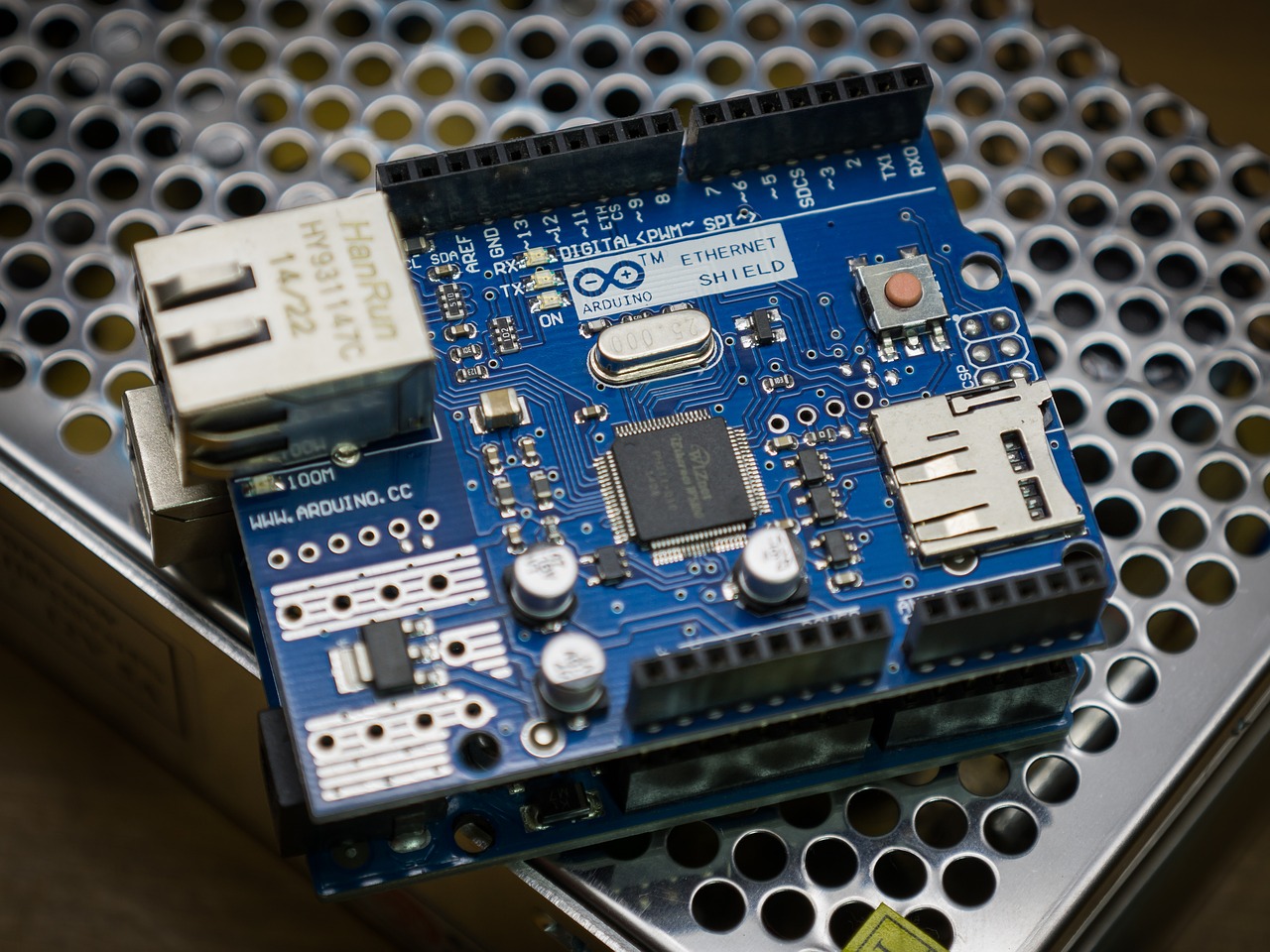
An Arduino is arguably one of the more interesting tech devices you can own today. And yet, far too many people are unaware of what exactly they can do with this sort of device. True tech enthusiasts and DIYers tend to be well aware of what an Arduino can be used for; others, however, are often largely unaware of the concept. So in this piece we’re going to look into what exactly the technology is and — more importantly — what you can make with it.
What is an Arduino?
EAD Courses defines an Arduino as a “prototyping platform that performs the transmission and decoding of programming signals.” To put that in slightly simpler terms though, an Arduino is essentially a programmable board of electronic connections that can serve as a processor in any number of different creations. It’s the “brain” you can use to make a customized electronic mechanism or tool operate the way you want it to.
Those descriptions more or less cover the basic concept of an Arduino board, and the truth is that these devices are built to be simple and intuitive enough for most people to make use of with a little effort. That said, an Arduino board can also serve as a sort of foundation for more complex and robust projects as well. As Altium’s post on Arduino schematics states, you can use certain types of design software to “easily build around an Arduino board and quickly add functionality.” Basically you can expand on the board to create an “Arduino Mega” schematic for production if a particularly elaborate project calls for it.
In this sense, an Arduino board can be whatever you need it to be, within reason. But what can you actually make with one? Really, one could answer that question with quite a long list. To give the general idea though, here are a few of the types of devices and projects people are known to use custom Arduino boards to make.
What You Can Make
Home Lighting Systems
To be clear this isn’t meant to suggest that you can rig up all of your home lighting on a single Arduino board — though in theory that’s possible, particularly in a smaller home or apartment. However, it is a common project for people to rig up LED lighting displays to operate via Arduinos. These can be decorative, or they can be made to serve certain functions (like changing colors according to the time of day, for instance). It all depends on the intent and creativity behind the design.
Computer Controls
People today are learning that it’s become easier to design an entire computer on their own. Indeed, we’ve remarked on PC Building Simulator before as a tool that speaks to this idea, which seems to be an increasingly popular hobby. If you’re interested in customizing your computer experience without actually building an entire PC though, Arduino-driven controls can make for a fun way to do it. With some creativity and effort, you can piece together an elaborate keyboard-like mechanism giving you full control over all PC functions (as opposed to just what’s typical of a keyboard).
Safety & Security Devices
Plenty of people who are confident in their abilities with their Arduino boards are also known to have experimented with various safety and security devices for their homes. One fairly simple example of this idea in action is to build a smoke detector for the kitchen — often for far less of an investment than a smoke detector from a security company would cost. In other cases though, people have designed entire home security systems with their own Arduino boards. Naturally it’s important that you have the utmost confidence in homemade devices that control your safety and security, but these are certainly interesting ideas for more advanced users.
Handheld Gaming Consoles
These are tricky projects to get right with any kind of satisfactory complexity. But people do make their own portable, handheld gaming consoles with Arduino boards. Case in point, Hackaday’s write-up on the “Gamebuino” provides a snapshot of how a Gameboy-emulating device can be build with an Arduino. It’s an impressive project, and just the sort of thing that can get you curious about how to make good use of this technology.
Audio Visuals
In a sense this idea fits into the broader category of home lighting mentioned above. But some people have had a lot of fun using Arduino boards to match sound and lighting. It’s actually a suitable project for a beginner — not too complex, but certainly a challenge. Done right, this idea can lead to a sort of LED display board that shows light displays representative of the music you may be playing. It’s very much a just-for-fun idea, but it’s a great way to recognize how inventive you can be with an Arduino.
Again, the list of projects you can undertake with an Arduino board could be quite long. But hopefully these ideas have helped you to get a better sense of what these devices are for and what you might be able to do with them.


